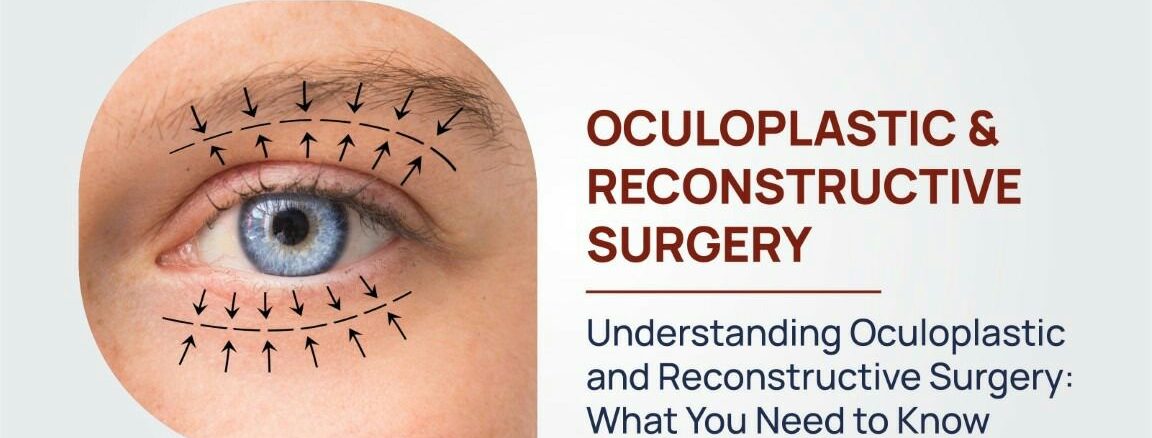Oculoplastics commonly referred to as oculoplastic surgery, is a general word that refers to a variety of surgical treatments performed on the eye and the structures around it, such as the eye, eyelids, tear ducts, and various facial features. It is a reconstructive surgery.
Specialised ophthalmologists with extra fellowship training are oculoplastic surgeons. Sometimes, treatments are carried out by surgeons with a focus on the head and neck. RPS hospitals are one of the best hospitals in Chennai.
TYPES OF OCULOPLASTIC SURGERY
- Ptosis surgery
The upper eyelid drooping is known as ptosis. This issue is not just cosmetic; it can also lead to several unfavourable symptoms such as headaches, blurred vision, a smaller field of vision, moist eyes, and incorrect head position. Among the most efficient and long-lasting treatments for ptosis is surgery.
The anterior approach, the posterior approach, and brow suspension are the three basic approaches used in ptosis surgery. The most effective procedure for each patient will vary depending on the level of lift required and the fundamental cause of the issue. The consultation will cover this topic.
Except for the brow suspension technique, which is a more involved process, ptosis surgery is often performed under local anaesthesia and sedation. All paediatric ptosis surgeries need general anaesthesia.
- Blepharoplasty
In order to give the region surrounding the eyelids a more youthful appearance, a procedure called blepharoplasty, commonly referred to as eyelid surgery or an “eye lift,” is performed.
Upper eyelid blepharoplasty, which targets saggy skin or fats just above the eyes, and eyelid blepharoplasty, which tightens loose skin, fat, or weak muscles below the eye, are the two distinct forms of blepharoplasty. Both of these surgical procedures can be performed alone or together under local, sedative, or general anaesthesia. Lower eyelid surgery usually involves local anaesthetic due to the lengthier surgical duration, whereas upper eyelid surgery is typically performed under local anaesthetic or sedation.
- Eyelid laxity surgery
The looseness of the upper or lower eyelids is referred to as eyelid laxity. This plastic and reconstructive surgery decrease the volume and suppleness in the muscle and fat surrounding the eyelids. There are two types of eyelid laxity.
Ectropion is a condition in which the lower eyelid rolls outwards and sags. This usually results in a wet eye and also a painful and infected front area of the eye. Ectropion surgery addresses the underlying issues that cause the eyelid to pull away from the pupil.
The other type of eyelid laxity is entropion, which occurs when the upper or lower eyelid rolls inwards. As a result, the eyelashes scrape the eye’s surface, causing discomfort, wetness, redness, and infection. The muscles that keep the eyelids in place are repositioned and tightened during entropion surgery. Local anaesthesia is commonly used for both types of surgery.
- Eye Cyst Surgery
Eyelid cysts are quite frequent and can be produced in a variety of circumstances. Many are harmless, such as chalazion, caused by clogged oil glands, and xanthelasma, caused by cholesterol. Any new eyelid lumps, however, should always be investigated if they are a kind of skin cancer. The most prevalent type of eyelid cyst is chalazion, which may necessitate surgery if it becomes a hard, painful bump on the eyelid. In this case, a concealed incision on the inner of the eyelid might be carried out to eliminate the cyst. The majority of other benign skin lesions may be eliminated with a modest surgical operation. Whenever a possibly malignant lump is discovered, the very first step is to conduct a biopsy to determine what the mass is and how it ought to be cured.
Get yourself tested today at RPS, the best hospital in Chennai for plastic and reconstructive surgery and avail the benefits from experts

